General Landscape Uses: A versatile and attractive shrub or small tree widely used in formal and informal landscapes. It can be used as an accent, as a clipped shrub, in dense masses, and in naturalistic landscapes. It also makes a great addition to mixed buffer plantings.
Ecological Restoration Notes: Very rare in the interior north of the Caloosahatchee River and Lake Okeechobee. Almost never a major structural element of closed forest ecosystems, but occasionally common in coastal forests and forest edges along the Florida east coast, especially in association with shell mounds.
Description: Small to medium tree or large shrub with a narrow crown from small, erect branches. Bark smooth, gray to light reddish-brown, flaking off in irregular patches. Leaves somewhat shiny above, about 1-2 1/2 inches long, with many glandular dots, aromatic when crushed.
Dimensions: Typically 10-20 feet in height; to 51 feet in South Florida. Usually taller than broad.
Growth Rate: Moderate to slow.
Range: Miami-Dade County and the Monroe County mainland north mostly along the coasts to St. Johns and Lee counties, but also in the interior in Hendry, Okeechobee, Osceola, Orange and Seminole counties, and reported for Pinellas County (Little 1978) and recently collected on the west coast in Pasco County at Werner-Boyce Salt Springs State Park and Sarasota County near the south end of Siesta Key; West Indies, Mexico, Central America and South America. Disjunct in Key West, where collected once in the 1800s; other reports as native on Big Pine Key were based on misidentifications of herbarium specimens.
Habitats: Hammocks.
Soils: Moist to rarely innundated, well-drained to moderately well-drained limestone or sandy soils, with humusy top layer.
Nutritional Requirements: Moderate; can grow in nutrient poor soils, but needs some organic content to thrive.
Salt Water Tolerance: Low; does not tolerate long-term flooding by salt or brackish water.
Salt Wind Tolerance: Moderate; grows near salt water, but is protected from direct salt spray by other vegetation.
Drought Tolerance: Moderate; generally requires moist soils, but tolerant of short periods of drought once established.
Light Requirements: Full sun to light shade.
Flower Color: White.
Flower Characteristics: Semi-showy in clusters. Fragrant.
Flowering Season: All year; peak spring-summer.
Fruit: Orange to red ¼-½ inch globose berry.
Wildlife and Ecology: Provides food and cover for wildlife and attracts fruit-eating birds. Attracts pollinators.
Horticultural Notes: Can be grown from de-pulped seeds. Plant right away; seeds do not store well. Scatter seeds over soil and just cover. Place in light shade.
References: Nelson 2003
Comments: It is listed as Threatened by the state of Florida.

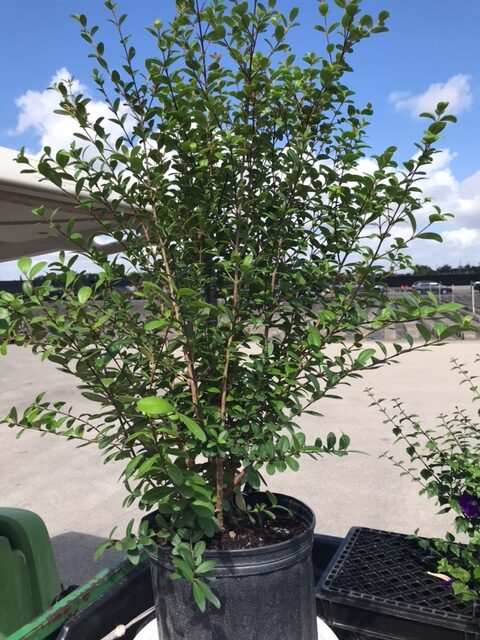

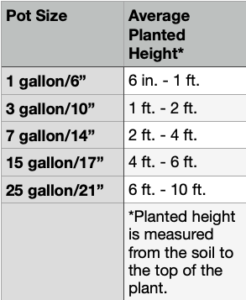
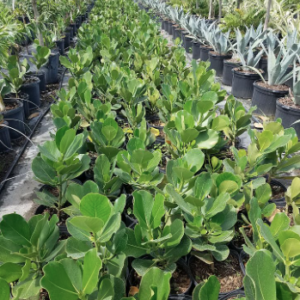
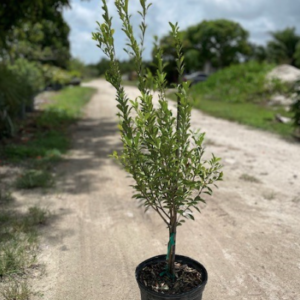
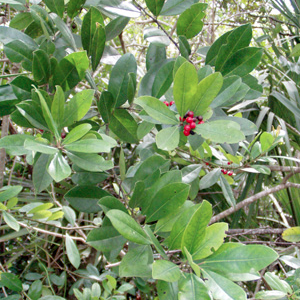
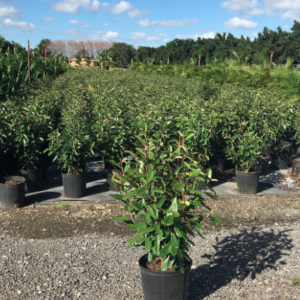

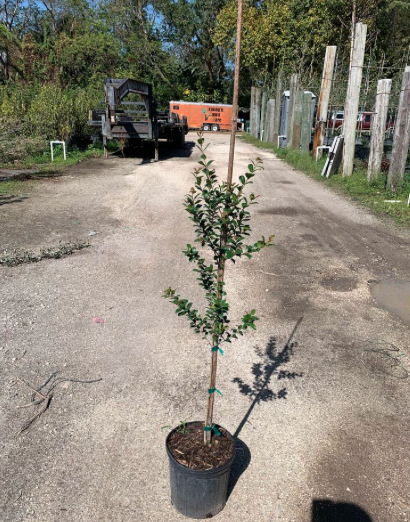
Megan P. –
This plant has a wonderful fragrance.
Richard McNeer –
Good service. Will order more as I build my pine rockland forest . . .
Kirk Sowers –
System for tracking the delivery was fantastic! Plants look good and guys were fast, doing everything right. Will definitely buy again!!!